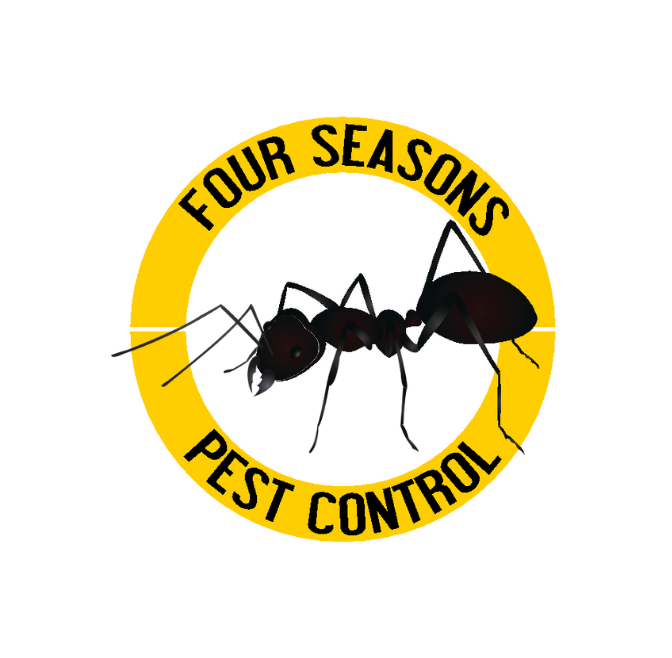Real Estate Closing Inspection
We hear many different terms for a real estate inspection. Termite inspection, real estate inspection, pest control inspection, or closing inspection, whatever you call it, is an essential part of the home buying or re-financing process.
When do you Need a Pest Inspection?
A pest inspection is usually required during the process of buying or selling a property. It helps ensure that the property is free from any existing pest problems or damage that could potentially affect its value or pose health risks to the occupants.
What to Expect During a Pest Inspection
During a pest inspection, the pest control professional will thoroughly inspect the interior and exterior of the property, including:
- Checking for signs of termites, such as mud tubes, damaged wood, or termite droppings.
- Looking for evidence of rodent activity, such as droppings, gnaw marks, or nesting materials.
- Searching for signs of other pests, such as ants, cockroaches, spiders, and other insects.
- Inspecting the property's foundation, walls, attic, crawl spaces, and other areas where pests are likely to hide or cause damage.
After completing the inspection, the pest control technician will provide you with a detailed report outlining their findings, any existing pest problems, and recommendations for treatment or preventive measures to address the issues identified.
How Long Does a Pest Inspection Take?
The duration of a pest inspection can vary depending on several factors, including the size and complexity of the property, the presence of any existing pest issues, and the thoroughness of the inspection conducted by the pest control professional. However, on average, a typical pest inspection for a single-family home can take 30 minutes to an hour to complete.
During this time, the pest control professional will carefully inspect the property's interior and exterior, checking for signs of pest activity, damage, and conditions conducive to pest infestations. They will examine areas such as the foundation, walls, crawlspaces, plumbing fixtures, and other accessible areas where pests will likely hide or cause damage.

